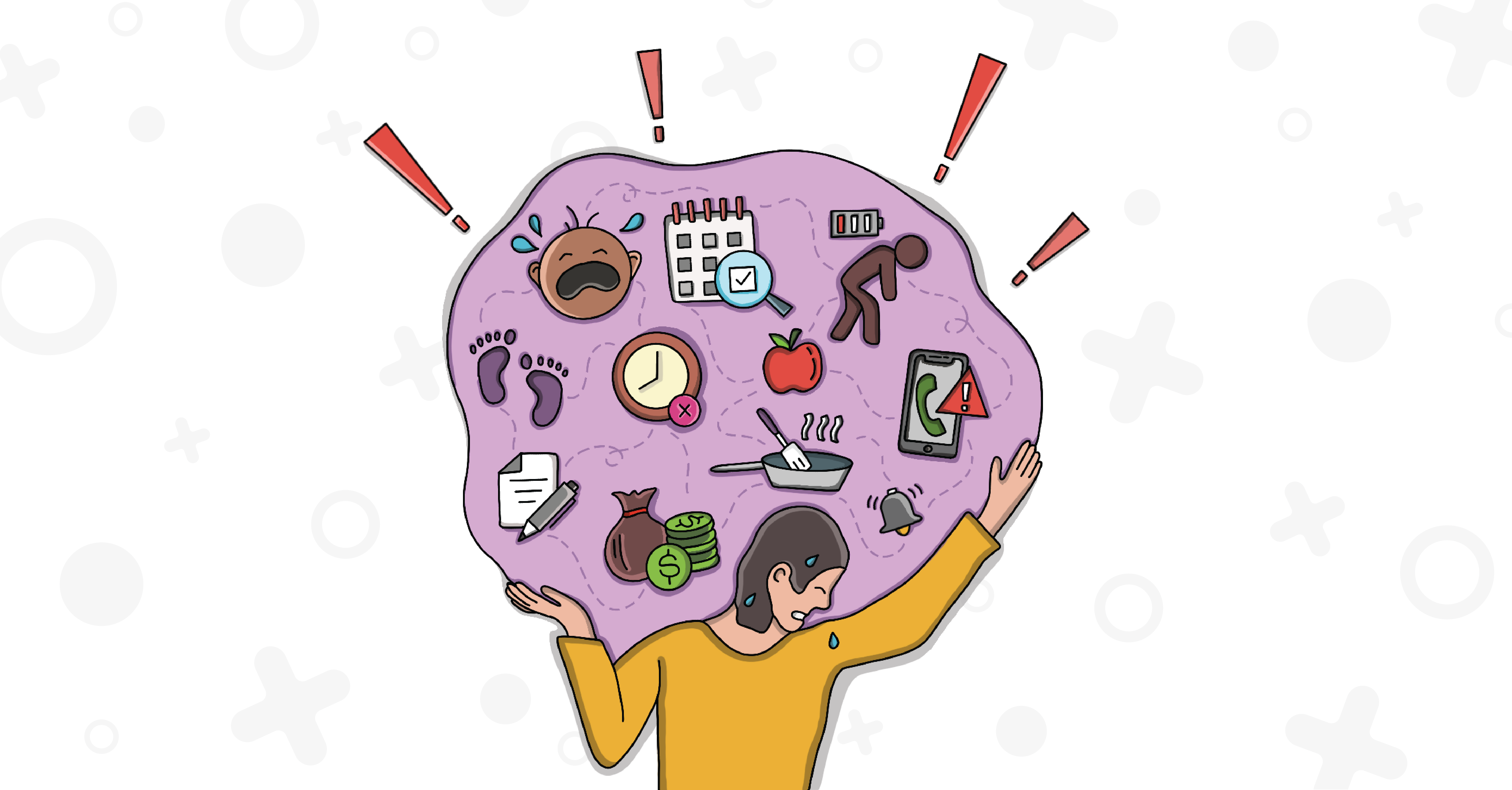
How Do You Market Position a Behavior?
We’ve all seen product positioning — Aquafresh versus Crest, Avis versus Hertz, and so on. But what about positioning a behavior change marketing effort, where the goal is not selling a product but un-selling it?
For example: How do you use positioning in a campaign against sugary drinks?
Let’s take a peek at the competition. Sunny D is a sugary drink with a very carefully crafted market position. The orange sugar water (less than 5% juice) is packaged like orange juice and placed next to OJ in the supermarket. It has a bright sun and fruit on the label, and declares “100% Vitamin C.” It’s basically positioning itself as orange juice … only cheaper.
This month, working with the Horizon Foundation, we took a shot at altering that positioning for Maryland parents. Take a look:
We could not move Sunny D from the juice section to the candy aisle in the store. So we tried that repositioning in the minds of consumers. The goal is to redefine when and how often a mom considers offering Sunny D to her child.
Positioning like this is about putting the offer in a different light, which is as important in social marketing as in commercial marketing. Perhaps the most famous behavior change example is the truth campaign against youth smoking, which I helped develop in the late 90s. Rather than focus on the health effects of smoking (news flash: they’re not good), we re-positioned rejecting a cigarette as the rebellious thing to do and smokers as the victims of tobacco marketing. Refusing a cigarette was put more in line with what teenagers wanted to do — show their independence.
Fast forward almost two decades, and take a look at the latest Sunny D ad, released this summer:
This ad, called “Drink to your own beat,” is not aimed at parents, like our counter ad. It’s aimed at 13- to 18-year-olds. And the positioning is pretty straightforward: Sunny D is cool. It’s all about the energy and excitement of being young and surprisingly hip.
Drink to Your Own Beat is much more reminiscent of the youth-oriented advertising we have seen for decades from the soda industry. Which raises a new question: How should a campaign against sugary drinks respond in the youth market?
Not long ago, we worked with the Horizon Foundation to do a re-positioning with soda very much like what truth did with cigarettes by producing ads like this.
Right now, when it comes to Sunny D, the Horizon Foundation’s Howard County Unsweetened campaign is focused more on parents. But what if we began advertising directly to teens as Sunny D did this summer? What positioning makes sense going forward? We’d love to hear your thoughts. Just tweet your ideas to @M4ChangeCo.

Peter is the founder & chief insights officer of Marketing for Change.







